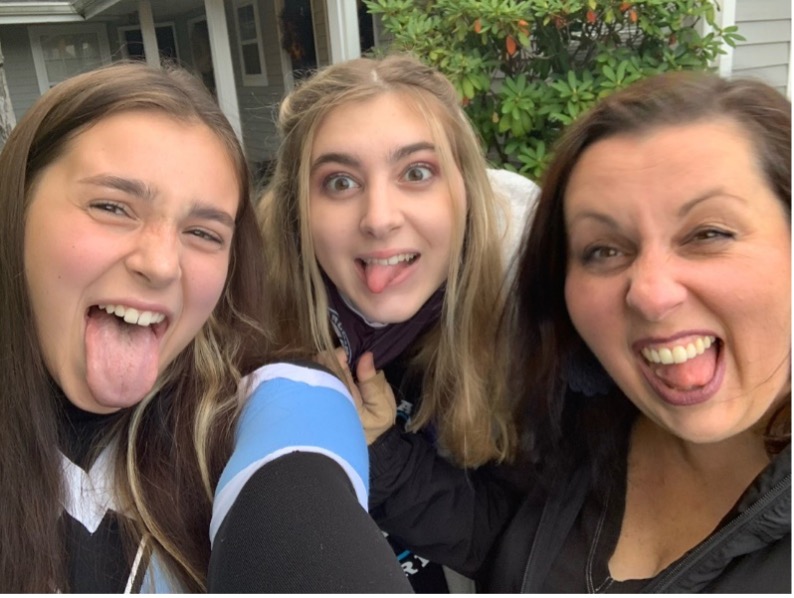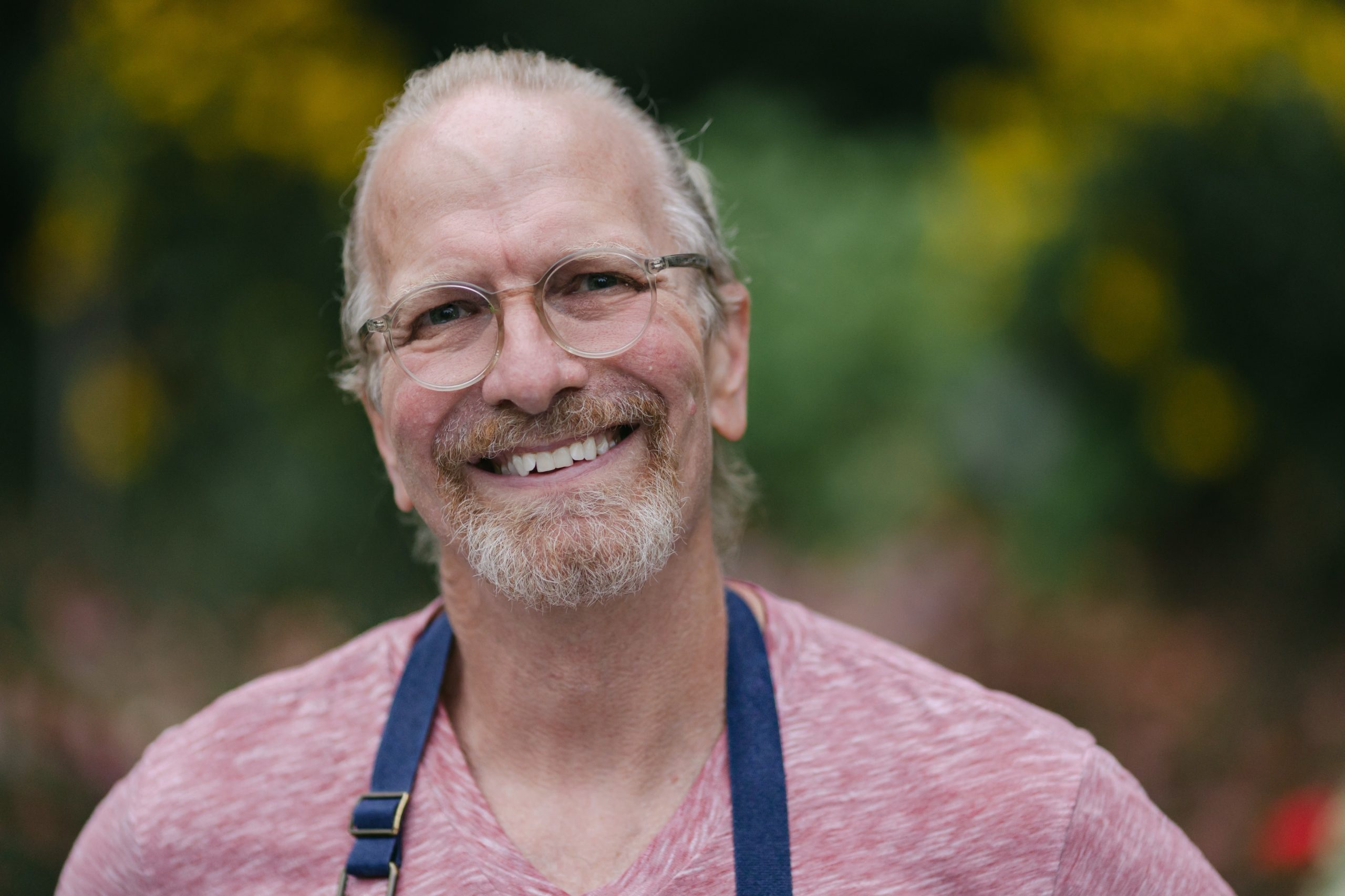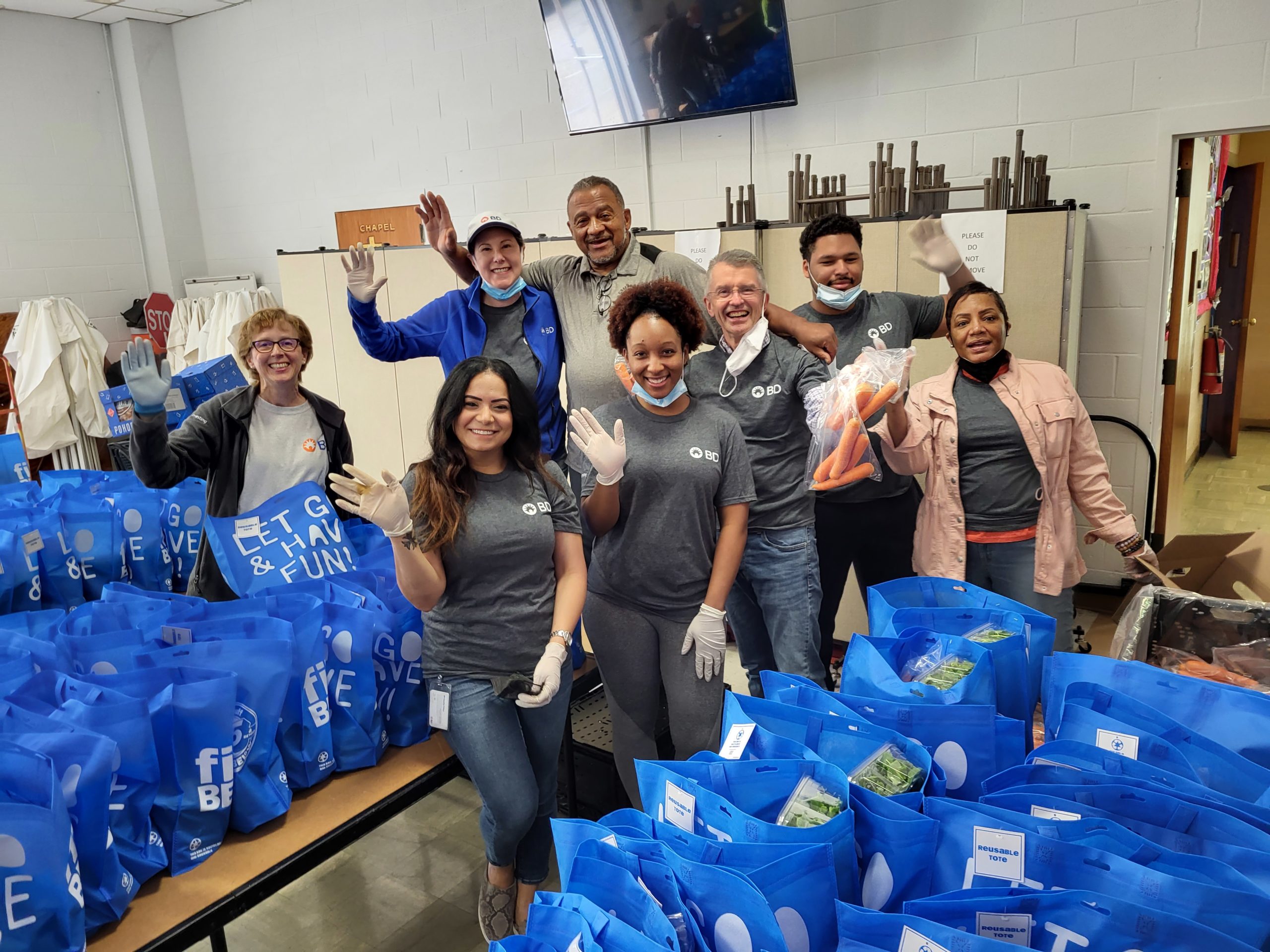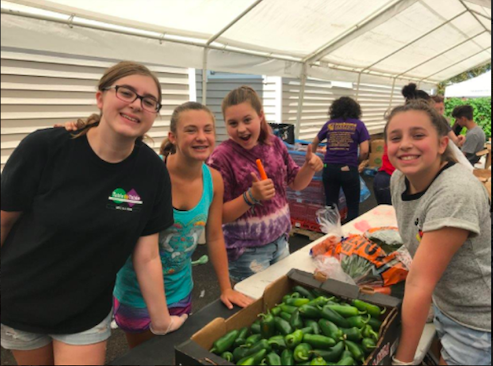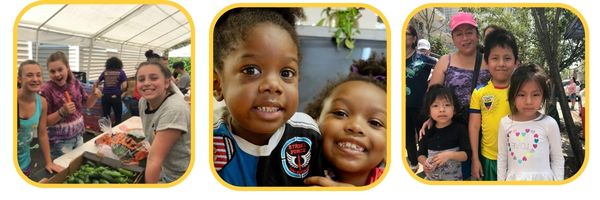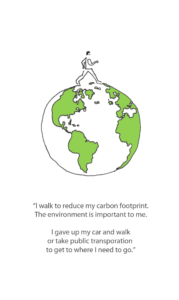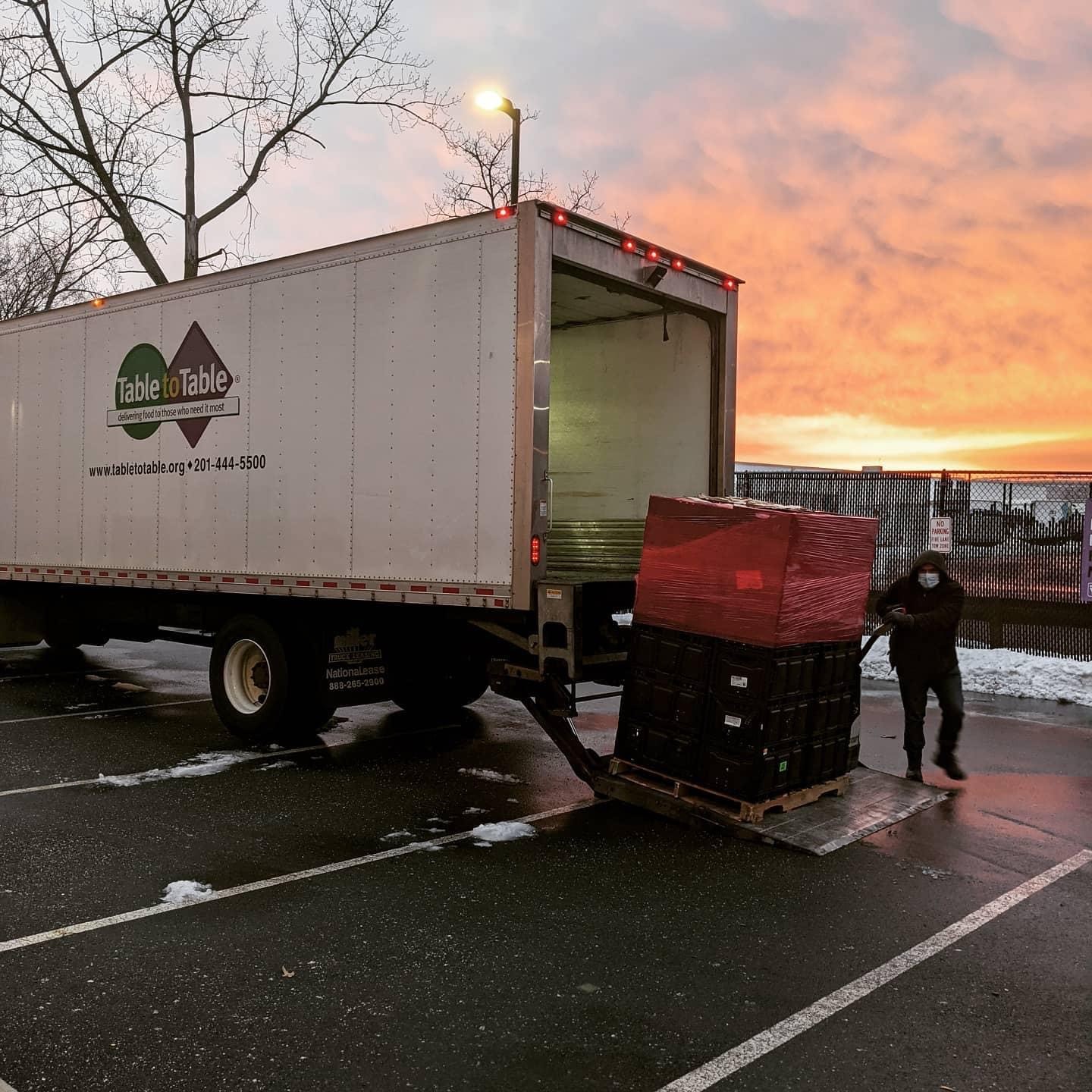Whenever the topic of personal fulfillment comes up, you hear a lot of suggestions: a career, a marriage, a family, even a hobby. But one suggestion always comes up when you are discussing feeling dissatisfied with your life and that’s volunteering!
Why is it that dedicating your time to charity is so beneficial and expected to make yourself happier? Well, helping those who are less fortunate than yourself really puts into perspective all that you have. You can be cognizant of how lucky you are that you grew up in a stable home, or have a place to live, or even that you don’t have to worry about where your next meal is coming from, but until you see that with your very own eyes, it does not truly sink in.
Now you might be thinking “Well, what do you know anyway?” I’m glad you asked! In 2012, when I was 12 years old, my family and I ran a charitable initiative where I raised over $10,000 for those whose homes and lives were destroyed by Hurricane Sandy in Union Beach, NJ.
Of course, not every volunteering effort looks like that. However, it completely changed my life. By absolutely no means do you have to embark on a massive effort to feel the benefits of charitable work/volunteering. Any amount of effort helps, big or small, or even medium. But take it from me, there is no feeling in this world quite like seeing your hard work turn into joy for those who truly need it.
Ready to Volunteer?
Anything and everything help, whether that’s working with an organization, setting up your own charitable activity, making a donation, or even just helping someone you know who is in need. Charity doesn’t have to be some big grand embarking; it can be a simple act of kindness. Both feel great, trust me!
There are great organizations out there that would welcome your volunteer time or donations, more than you think there are, who would be ecstatic to work with you. However, there is one that I am interning with, and very partial to…Table to Table, New Jersey’s first and most successful food rescue organization.
Table to Table is committed to feeding our hungry neighbors here in northern NJ. They rescueand deliver healthy, fresh, and perishable food from grocery stores, food distributors and restaurants, and in doing so, nourish the community while helping our environment. If feeding hungry New Jerseyans piques your interest, then you can’t find a better partner out there.
Table to Table hosts programs and events, where the proceeds go straight to providing meals for our less fortunate neighbors. In fact, Bag a Lunch, Help a Bunch is a grassroots fall initiative that invites individuals, employees in corporations and students in schools to donate the equivalent of their lunch money for a day, week, month or more to help Table to Table feed those who need it most. Every dollar raised provides 10 healthy meals!
Another facet of this wonderful nonprofit that I find intriguing is their app, I-Rescue. It is truly the most flexible and straightforward way to volunteer. Simply look up Table to Table I Rescueon the IOS or Google Play app store, sign up, and all the sudden you are greeted with a map, not unlike one you’d see in a ridesharing app. You click on one, it shows you where to pick up the food, where to drop it off, and just like that you’ve given someone the basic human right of a meal.
Out of all the charity work I have done, this was by far the easiest, and yet no less rewarding. With less than half an hour’s worth of driving, you can help feed neighbors in need. To learn more, download the Table to Table I Rescue app and visit tabletotable.org. Help us help others and be happier while doing it. We cannot wait to work with you!









